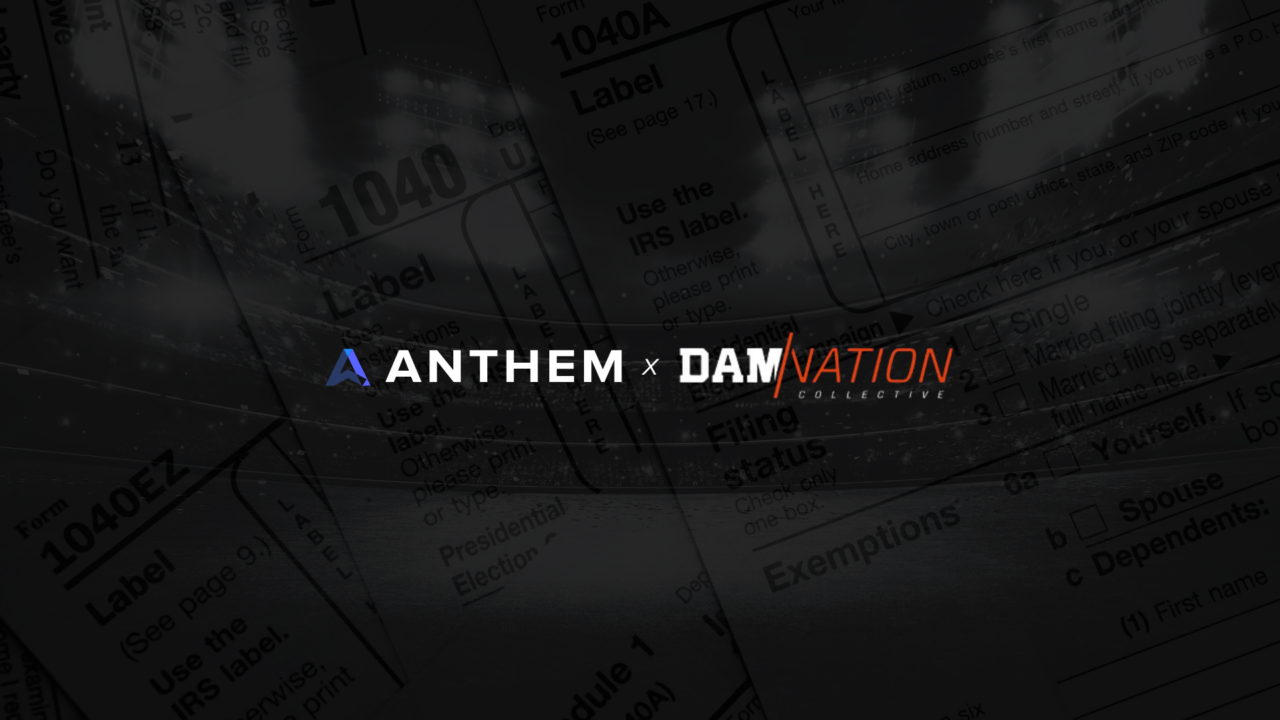The U.S. wine industry is bracing for significant changes as the federal government considers imposing tariffs of up to 200% on European wines, particularly from France and Italy. While the intention behind these tariffs is to bolster domestic wine production, the repercussions could be far-reaching, affecting not only European exporters but also American wineries, importers, retailers, and consumers.
Table of contents
The Tariff Landscape
In response to the European Union’s proposed 50% tariff on American whiskey, President Donald Trump has threatened to levy a 200% tariff on all wines, Champagnes, and alcoholic products from EU countries. This move is part of a broader trade dispute, with the U.S. aiming to counteract what it perceives as unfair trade practices by the EU.
Potential Impacts on the U.S. Wine Industry
1. Increased Consumer Prices
Tariffs function as a tax on imports, and the costs are typically passed down by the supply chain. A 200% tariff would significantly raise the prices of French and Italian wines in the U.S. market, making them less accessible to consumers. This price hike could lead consumers to seek more affordable alternatives, potentially benefiting domestic producers.
2. Opportunities for Domestic Wineries
With European wines becoming more expensive, American wineries, especially those producing mid-range wines, might experience increased demand. Regions like California’s Napa Valley and Oregon’s Willamette Valley could see a surge in interest as consumers look for quality domestic options.
3. Challenges for Importers and Retailers
Importers and retailers specializing in European wines face significant challenges. The sudden increase in costs could lead to reduced sales, layoffs, and even business closures. Small importers may struggle to absorb the additional costs, leading to a contraction in the variety of wines available to U.S. consumers.
4. Retaliatory Measures Affecting U.S. Exports
The European Union may respond to U.S. tariffs with their own, potentially targeting American wines. Such retaliatory measures could hinder U.S. wineries that export to Europe, affecting their market presence abroad.
Industry Response
Lastly, the Wine Institute, representing California wineries, has expressed strong opposition to the inclusion of wine in trade disputes. They argue that such tariffs harm not only foreign producers but also the U.S. wine industry by disrupting established trade relationships.
Final Thoughts
While the proposed tariffs aim to protect and promote domestic wine production, the broader implications suggest a complex web of potential benefits and drawbacks. Additionally, American wineries might gain a competitive edge in the domestic market, but the overall industry could suffer from reduced variety, higher prices, and strained international relations. As the situation evolves, stakeholders across the wine supply chain will need to navigate these challenges carefully.
P.S. Need some extra guidance?
Don’t let unforeseen tariffs disrupt your business’ success. Contact us to see how we can support your financial health and growth in these uncertain times.




